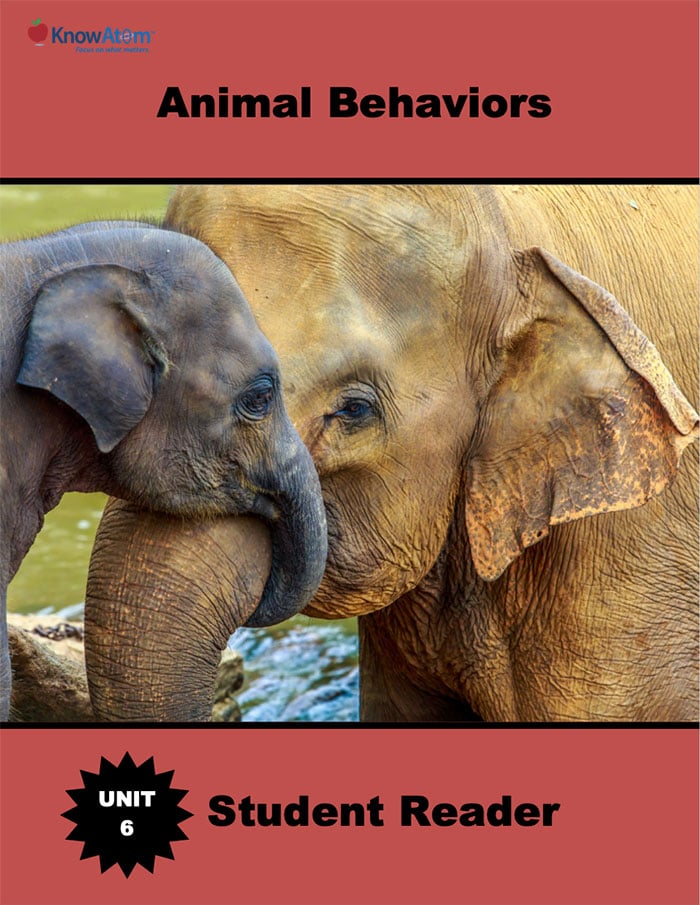
In this unit, students explore the science phenomena of animal behaviors of parents and offspring that help the offspring survive. This page is a high-level extract of lesson two in which students mimic the beaver’s behavior of building dams to design their own dams that solve the problem of flooding.
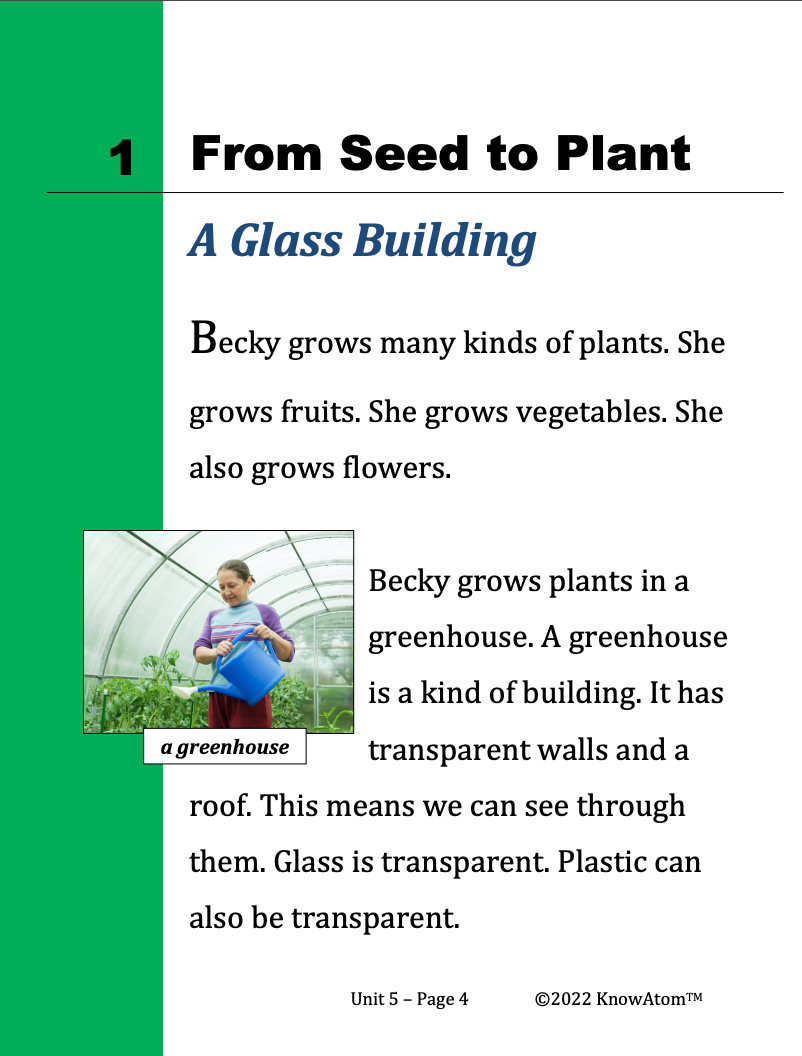
In this unit, students explore how plants have different parts that help them get what they need to survive from the environment. They begin with experiments that investigate the cause-and-effect relationship between water, light, and the ability of plants to grow. This page is a high-level extract of the second lesson in which students explore flowers.
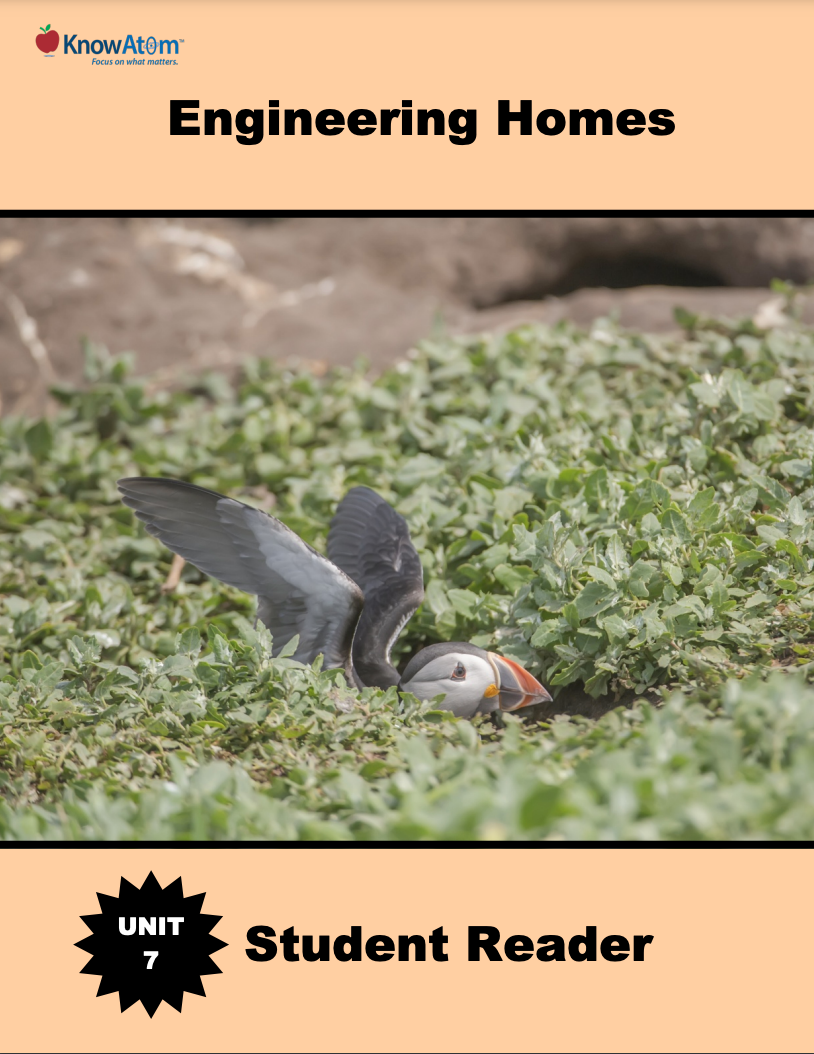
In the last unit, students observed butterflies moving through their life cycle, explored how butterflies are pollinators, and then designed a hand pollinator. In this unit, students explore the science phenomena of how shelters help animals survive in their environment and then design a prototype burrow-like structure to keep a burrowing owl cool in hot temperatures.
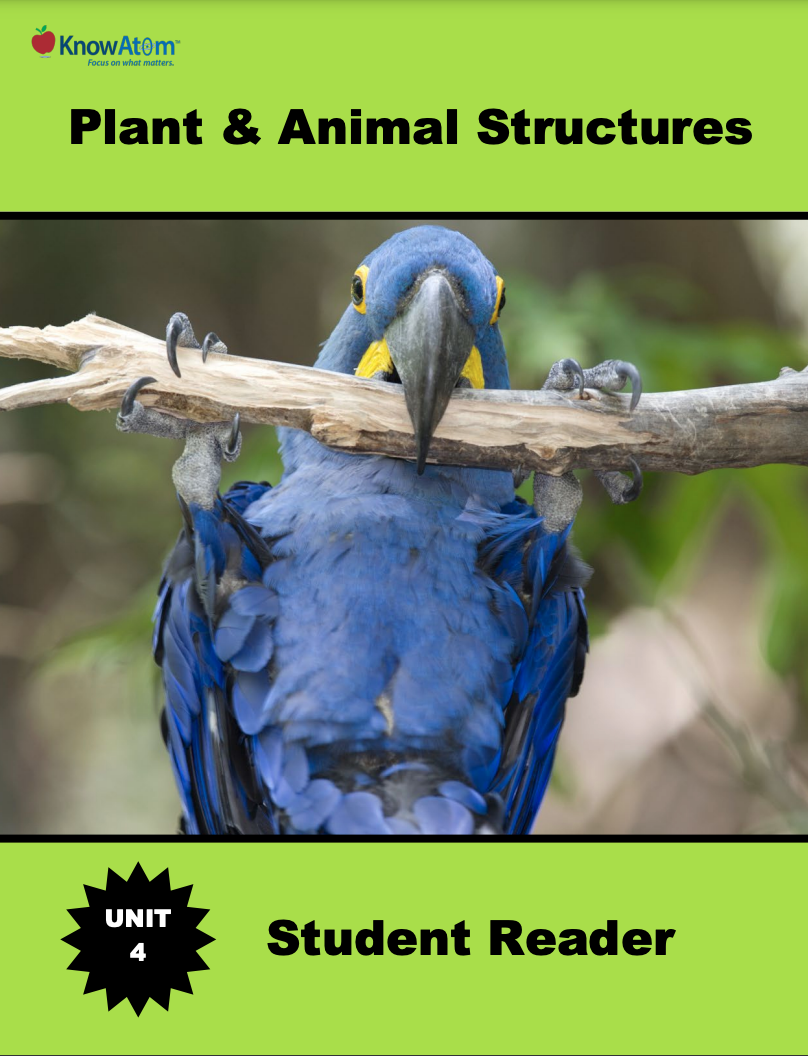
In this unit, students explore how living things depend on their environment and one another for survival. In this lesson, students discover phenomena surrounding how frogs have different internal and external structures throughout their life cycle that enable them to survive in their environments. This page highlights components of this lesson.
.png)
In this unit, students explore several phenomena that relate to cooking. In this lesson, students evaluate chemical reactions, and use that knowledge to engineer a prototype that transfers energy by chemical processes. This page showcases key components of this lesson.
.png)
In this unit, students explore the natural processes that cause Earth’s surface to change over time, analyzing how energy causes Earth’s matter to transform and cycle from one form to another. In this lesson, they trace phenomena of how energy is transferred in chemical reactions, which allows scientists to produce ethanol to use as an alternative energy source. This page showcases each component of this lesson.

In the last unit, students explore how objects can be seen when they are illuminated by a source of light and how light passes through opaque, transparent, and translucent materials differently. In this unit, students apply what they have learned about light and sound to design a solution that can be used to communicate over a distance.
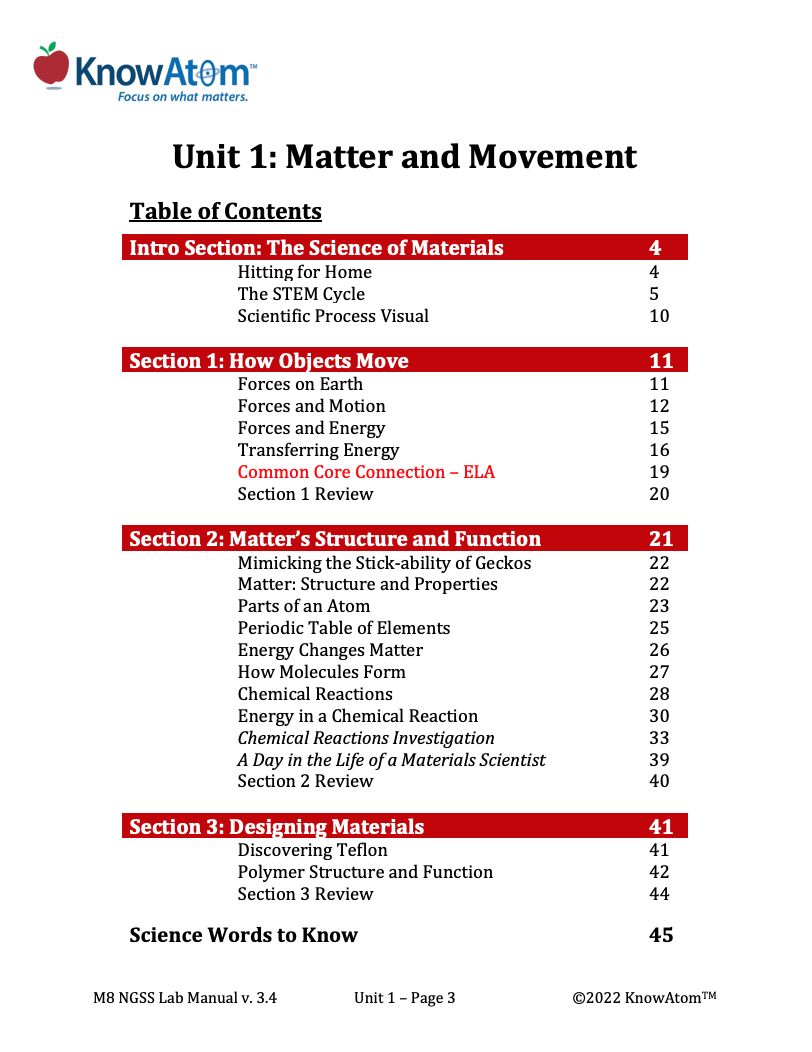
In this unit, students explore the relationship between matter and energy using the phenomenon of material properties to discover why certain materials are useful for a particular function. For this lesson, they focus on the role of energy in changing matter during a chemical reaction phenomena between two substances. This page is a high-level extract of this lesson.
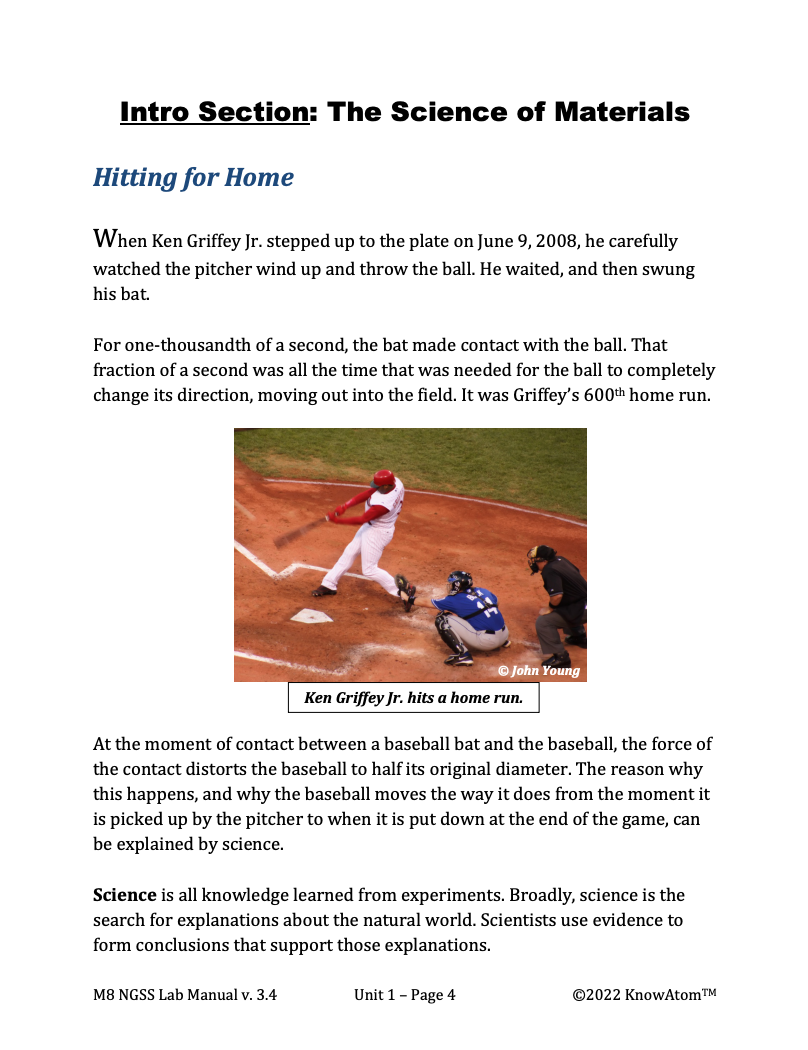
In this unit, students use the phenomenon of why certain materials (such as the materials that make up a baseball) are useful for a particular function to explore the relationship between matter and energy phenomena. In this lesson students manipulate the properties of a polymer bouncy ball by changing the amounts of reactants in a chemical reaction. This page highlights parts of this lesson.
.png)
In this unit, students explore science phenomena of the life forms that live on Earth, analyzing the cellular structures that make up complex organisms and figuring out how different groups of cells work together to keep the organism functioning properly. This page shows extracts from each part of this lesson.
Standards citation: NGSS Lead States. 2013. Next Generation Science Standards: For States, By States. Washington, DC: The National Academies Press. Neither WestEd nor the lead states and partners that developed the Next Generation Science Standards were involved in the production of this product, and do not endorse it.
